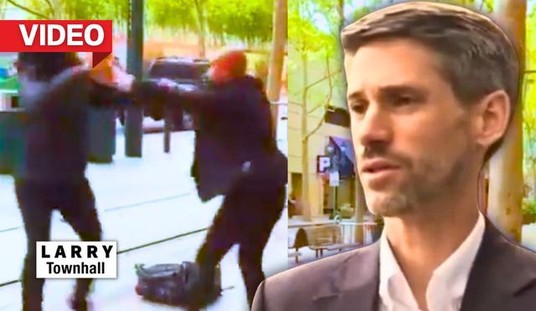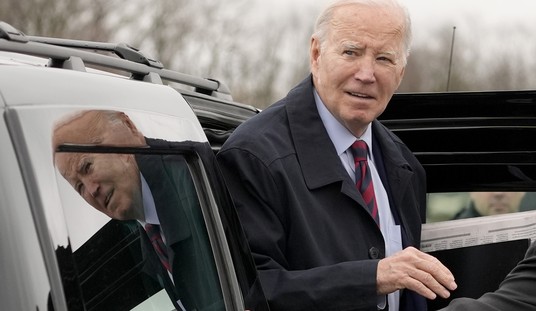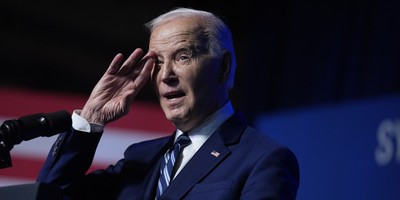While shootings in public places have sadly tripled in the last few years, first responders’ strategy has improved, and civilians are being recognized as playing an increasingly vital role in stopping attackers.
The findings are detailed in a report by the Advanced Law Enforcement Rapid Response Training Center at Texas State University obtained by Yahoo News.
Researchers considered only active shootings in public settings where the primary motive appeared to be mass murder and at least one of the victims was unrelated to the suspect. Shootings during crimes such as bank robberies, drug deals, and gang violence were excluded.
“The rate at which these events occurred went from approximately one event every other month between 2000 and 2008 (5 per year) to more than one a month between 2009 and 2012 (almost 16 per year),” the researchers wrote. “Our tracking also indicates that this increased rate has continued into 2013.”
Other key findings from the 110 active-shooter attacks identified by researchers:
Shootings most often take place at businesses (40 percent), followed by schools (29 percent), outdoors (19 percent) and other places (12 percent).
The median number of people shot is five. The median number killed is two.
Shooters are 94 percent male. The youngest was 13 and the oldest 88.
They often use handguns (59 percent), followed by rifles (26 percent), shotguns (8 percent) and unknown weapons (7 percent). In 33 percent of the cases, the gunman used multiple weapons. In 7 percent of the shootings the gunman wore body armor.
Recommended
The conventional strategy since the 1970s, which was implemented during the Columbine shooting, was to contain the scene until the SWAT team arrived.
“Everything has changed,” Terry Nichols, a former police officer and assistant director at ALERRT, told Yahoo News. “It’s now, get in there and go,” which makes active-shooter training all the more necessary for patrol officers.
The FBI formed a team to study active shootings after the December 2012 massacre at Sandy Hook Elementary School in Newtown, Conn. Among other initiatives, the agency has adopted an active-shooter training, which was developed at Texas State University after the 1999 Columbine High School killings in Colorado. The program’s core course prepares first responders to isolate, distract and stop active shooters as fast as possible.
According to the new study, patrol officers, who are usually the first on the scene, had to use force to stop the gunman in nearly a third of the attacks.
The average median time that it took police to respond to public shootings is three minutes, according to the report, which, although a great improvement, is still a long time in active shooting situations. For example, the armed student at Arapahoe High School last month entered the school, fired at others, and killed himself all in a matter of 80 seconds, according to Arapahoe Counter Sheriff Grayson Robinson, Yahoo reports.
Hence, citizens can play a critically important role in active-shooter situations (just take a look at these nine examples). According to the report, potential victims stopped the attacker before police arrived in 17 cases.
“This tells us that citizens and bystanders have a very real and active role in stopping these events,” Nichols said. “If we can properly prepare and educate civilians, maybe we can get to where 90 percent are stopped by civilians long before the police arrive.”






















Join the conversation as a VIP Member